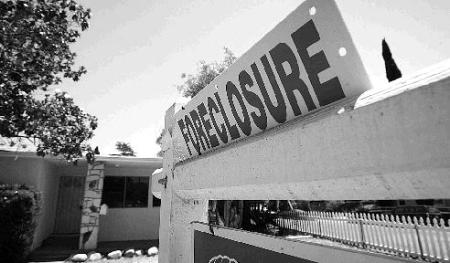Old plumbing plant gets unique and sexy facelift
Kate Webb
Province

Multiple glass panels in 540 Beatty suites will allow natural light to flow freely from the living room to bedroom. All the way back to the bathroom. Jason payne – the province

Old factory’s original wood sash windows were carefully restored and reinstalled. Kitchens feature white, high-gloss laminate and frosted glass cabinetry. Bathrooms’ post-antique decor features a ‘sexy’ frosted-glass wall between the shower and hallway. Small suites have an open bedroom, meaning there’s no fourth wall. Photograph by : Jason Payne, The Province

Photograph by : Jason Payne, The Province

Photograph by : Jason Payne, The Province

Photograph by : Jason Payne, The Province
When nostalgia for historic industrial architecture collides with modern convenience and style, the result is something special.
Such is the case at 540 Beatty, a seven-storey condo mid-rise being integrated into the exposed brick walls and cast-iron pillars of the century-old Crane Building.
Originally used as a plumbing manufacturing plant, the downtown heritage structure is getting a completely unique hand-crafted makeover.
For example, the factory’s original double-hung wood sash windows have been carefully restored and reinstalled with new paint and smoother sliding mechanisms.
The floors have been freshly poured with thrice-finished polished cement to keep the industrial feel intact.
“I kind of relate this to buying an old, vintage car,” says Dave Jarvis, sales manager for 540 Beatty. “Once you’ve purchased it and you’ve fixed it up, you have one of a kind.”
The building’s location is known as Crosstown, due to its position among some of downtown’s trendiest neighbourhoods.
“They’re trying to make this like Yaletown with all these restaurants and coffee shops and boutiques, and neat stores with accessories for your home,” says Jarvis.
“We’re close to the SkyTrain, Canada Place, GM Place, Chinatown and Yaletown, so we’re pretty central.”
Another neat feature drawing lots of attention from buyers is the innovative way developer Townline decided to solve the problem of parking.
Since there isn’t enough room on the parking floors for a ramp, a car elevator was installed.
“It reminds me of Batman,” says Jarvis with a grin.
The elevator is similar to one already operating in another refurbished Townline tower at 1180 Homer St., and takes about 20 seconds to get up or down.
The display suite is bright and spacious, despite the fact that it only has windows on one side.
That feeling is created by ceilings ranging from 10 to 16 feet, and multiple glass panels allowing natural light to flow freely from the living room to bedroom, all the way back to the bathroom.
The smallest suites — offering one-bedroom plus a storage room — have an open bedroom, meaning there’s no fourth wall, no door to close.
“It’s open living and not everyone likes it, but the people who do like it love it,” says Jarvis.
“What this is designed to do is bring light from the outside into the bedroom.”
Even so, anyone with an imagination and a little talent can easily turn that wall-void into a dramatic personal statement.
One buyer decided to erect a giant, colourful curtain, Jarvis says, while others might choose to put in a sliding glass door instead.
Storage was certainly not overlooked in these homes. There’s a big coat closet at the front and a deep, elongated closet with organizer directly across from the bedroom with a reinforced storage ledge above it.
The open-concept kitchen and living room are distinctly modern, with light sconces imported from Italy and an illuminated art niche.
The kitchen features white, high-gloss laminate and frosted glass cabinetry, Corian countertops, a convenient chop-block-topped island and an undermounted double sink. There’s also a pantry with tons of storage, a Liebherr integrated fridge, Jenn-Air ceramic cook-top stove and integrated Bosch dishwasher and oven.
The bathroom is yet another testament to the charm of post-antique renovation, with a white carrera marble countertop and bath shelf, beautiful pale green glass tiles, and a frosted glass wall between the shower and hallway.
“It’s a sexy feature for couples because you can see the silhouette,” says Jarvis.
Another unusual quirk is that the stacked Bosch washer and dryer has its compartment in the bathroom, so owners can toss their clothes hamper and put clothes directly in the wash.
A month-and-a-half into sales, 540 Beatty is more than 60 per cent sold. Move-ins start in November.
540 BEATTY
What: 540 Beatty, a refurbished seven-storey, 57-condo mid-rise.
Where: 540 Beatty St., Vancouver.
Developer: Townline.
Sizes: One-bedroom-plus-storage up to two-bedrooms-plus-den, from 620 to 1880 sq. ft.
Prices: $395,000 to $2.2 million.
Open: Presentation centre and one display suite at 540 Beatty St., open from noon to 5 p.m. Saturday to Wednesday.
More info: www.540beatty. com
© The Vancouver Province 2008











